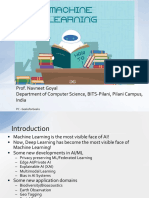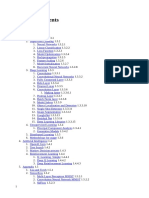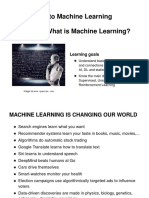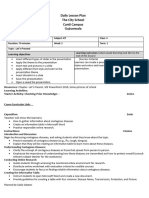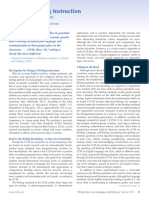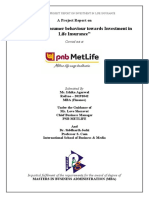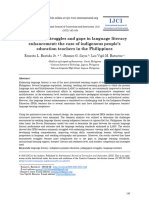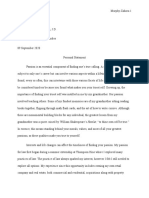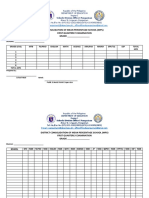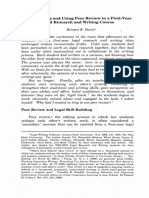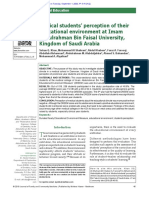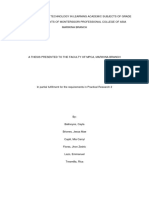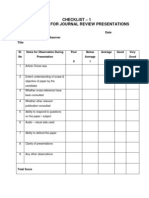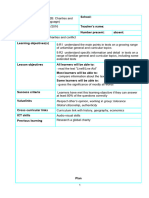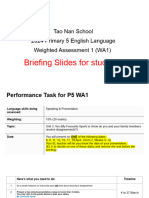0% found this document useful (0 votes)
30 views34 pagesIntroduction To ML
Machine learning is a subfield of artificial intelligence that uses algorithms to find patterns in data and improve automatically through experience without being explicitly programmed. The document discusses three main categories of machine learning: supervised learning which learns from labeled training data, unsupervised learning which finds hidden patterns in unlabeled data, and reinforcement learning where an agent learns from trial and error using feedback from its environment. It also covers the deep learning revolution enabled by increased data and computing power, allowing machines to learn representations directly from raw data.
Uploaded by
jondu sanchezCopyright
© © All Rights Reserved
We take content rights seriously. If you suspect this is your content, claim it here.
Available Formats
Download as PDF, TXT or read online on Scribd
0% found this document useful (0 votes)
30 views34 pagesIntroduction To ML
Machine learning is a subfield of artificial intelligence that uses algorithms to find patterns in data and improve automatically through experience without being explicitly programmed. The document discusses three main categories of machine learning: supervised learning which learns from labeled training data, unsupervised learning which finds hidden patterns in unlabeled data, and reinforcement learning where an agent learns from trial and error using feedback from its environment. It also covers the deep learning revolution enabled by increased data and computing power, allowing machines to learn representations directly from raw data.
Uploaded by
jondu sanchezCopyright
© © All Rights Reserved
We take content rights seriously. If you suspect this is your content, claim it here.
Available Formats
Download as PDF, TXT or read online on Scribd
/ 34
